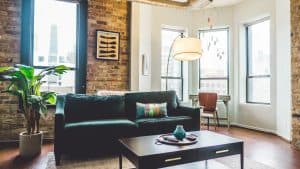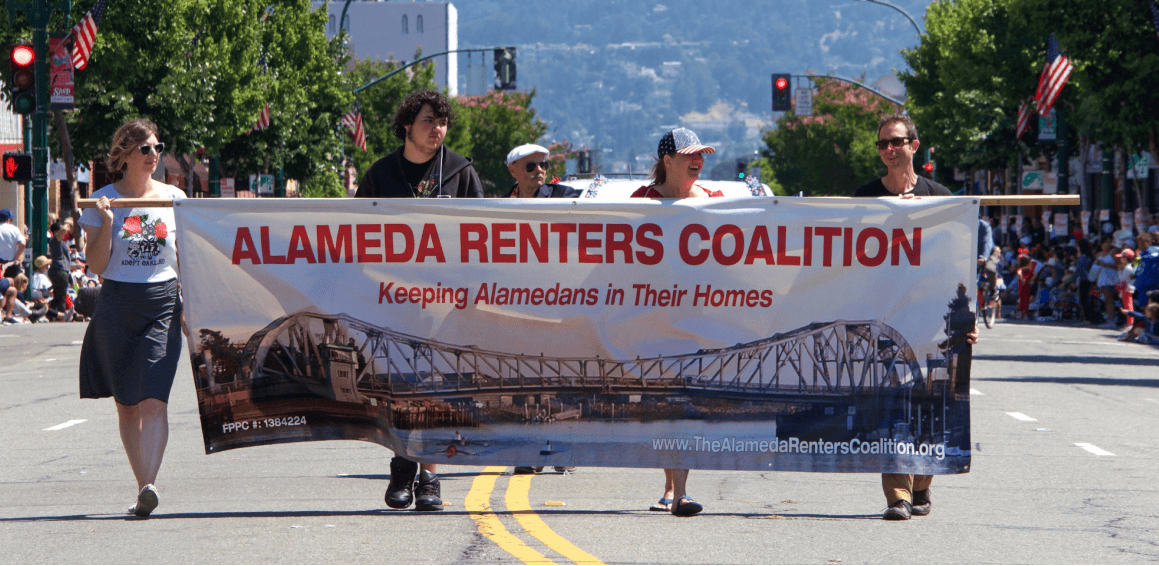Healthier Buildings Emerge Out of the Pandemic

“Since the pandemic, spaces within commercial buildings are incorporating designs that allow for social distancing, such as workspaces that are staggered or all face the same direction, increased distance between seats in conference rooms, and the installation of plexiglass in spaces where people interact close to each other,” Patrick Winters, president and principal of Nadel Architecture + Planning, tells GlobeSt.com. “Touchless building systems for elevators and restrooms, an enhanced focused on sanitization, anti-microbial materials and technology, more stairways (particularly in smaller offices and buildings), and additional entryways and exits to prevent crowding in these places have also become increasingly common.”
Asset classes with density, common areas and foot traffic will be the most affected by these changed. “It makes sense that the product types with the most design changes going forward will be those where people tend to congregate closely and in large groups because the risk of transmitting a virus is higher in these environments,” says Winters. “During the pandemic, we saw the biggest challenges for CRE taking place in the retail and hospitality sectors, so we are likely to see more design shifts in these sectors in the future.”
Of course, retail is no stranger to change. The sector has already evolved alongside ecommerce, and it will evolve once again post pandemic. “Last year, we introduced the concept of outdoor living rooms at Renaissance Marketplace, a new 500,000 square-foot retail center in Rialto, California,” says Winters. “These spaces allow people to gather safely in the age of COVID while increasing foot traffic at shopping centers. We anticipate seeing more concepts like this in retail settings as we contemplate a post-COVID environment.”
This time, hotel properties will also need to evolve to meet new safety demands and concerns. “Hotel design will shift to accommodate social distancing protocols, utilizing outdoor common areas, a greater number of smaller gathering spaces, and touchless systems to make guests feel special and safe at the same time,” says Winters. “We may also see check-in moved to rooftops or replaced with digital check-ins and the traditional hotel lobby revamped into more lounge style indoor/outdoor bar type environments.”
Some of these concepts have evolved over time, fluctuating in popularity. However, Nadel believes that, although the pandemic will someday end, many of these design trends are here to stay. “As Nadel has been in the industry for close to 50 years, we have seen these design trends evolve over time,” says Winters. “While the threat of COVID-19 may come and go, people will continue to seek buildings designed to address the risk of viral transmission and enable users to feel safe and comfortable inside them.”
Source: Globest.com















 Accessibility
Accessibility